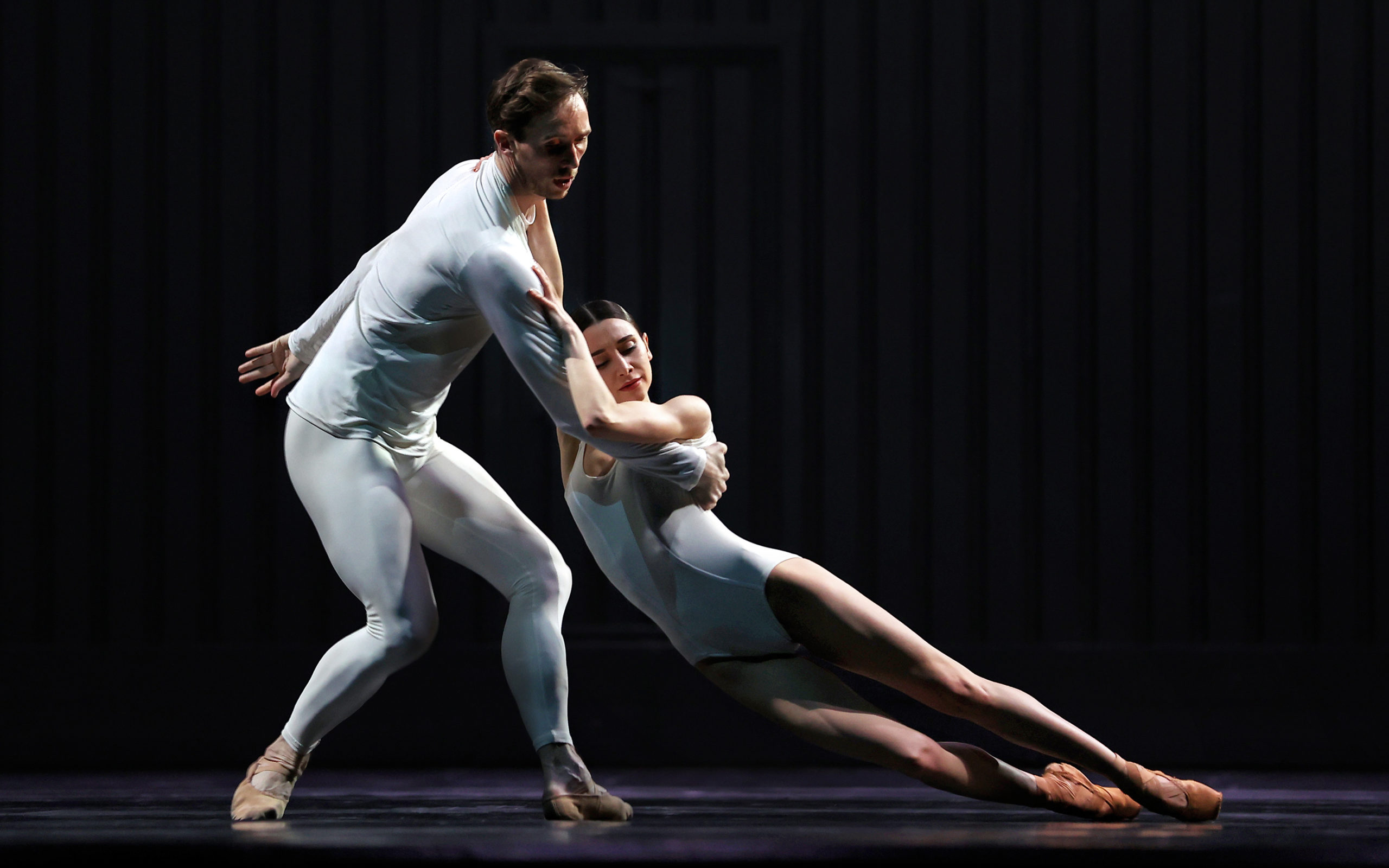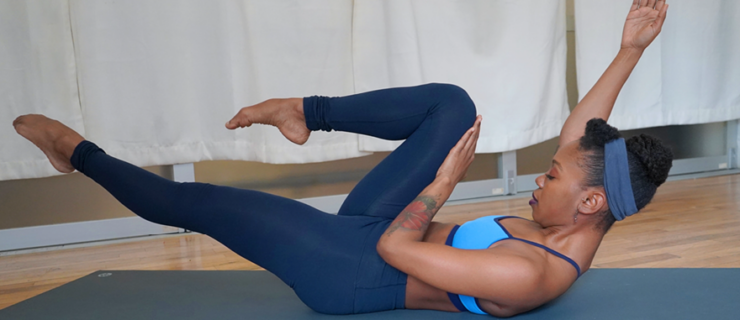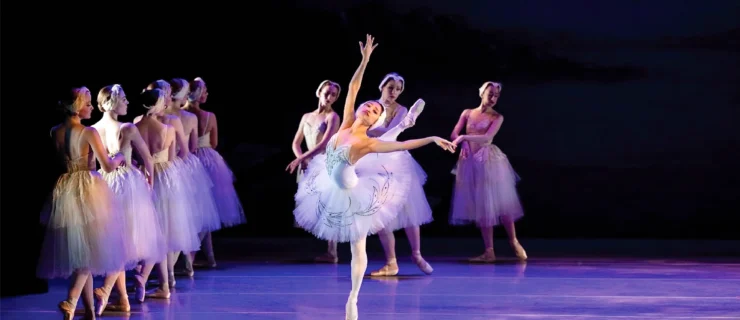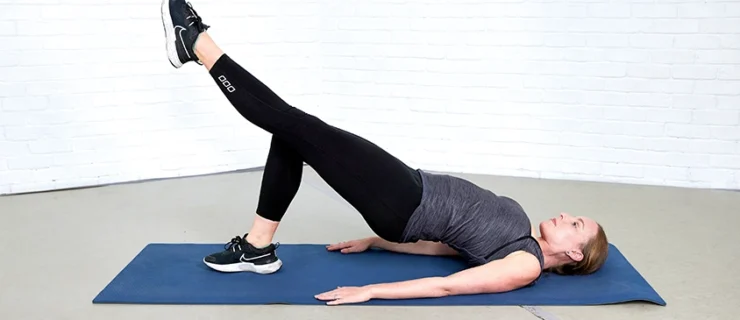Anna Ol on Learning to Love Conditioning
After training and spending her early career in Russia, Dutch National Ballet principal dancer Anna Ol says she didn’t start cross-training until she moved to Europe. “Here, I learned how to take care of my body and train and prepare myself better,” she says. “In Russia, we don’t have this culture of additional training—the only way to train is ballet class.”
Throughout her career in Amsterdam, she shares how she’s learned to keep her body healthy and ready to tackle DNB’s expansive repertoire, which most recently included works by Alexei Ratmansky, David Dawson and Hans van Manen. Ol walked us through her typical in-season conditioning routine.
Cardio Training
Opting for a stationary bike because it’s easier on her joints, Ol incorporates high-intensity interval training (HIIT) into her workouts, at least three times a week. “I go for about 15 to 20 minutes—two minutes of a calm, steady rate, one minute of pushing as much as I can.”
A Shifting Strength Regimen
Ol changes up her strength-training focus often, especially when she’s tackling different kinds of repertoire. “I work with the company’s physical therapist, who gives us exercises to help which part of the body is weak in the moment,” she says. She finds that contemporary ballets are much more physically demanding, since they require using different muscles than what she is accustomed to in classical ballets. To prepare for this work, she puts a special focus on her hamstrings and glutes, working in parallel rotation.
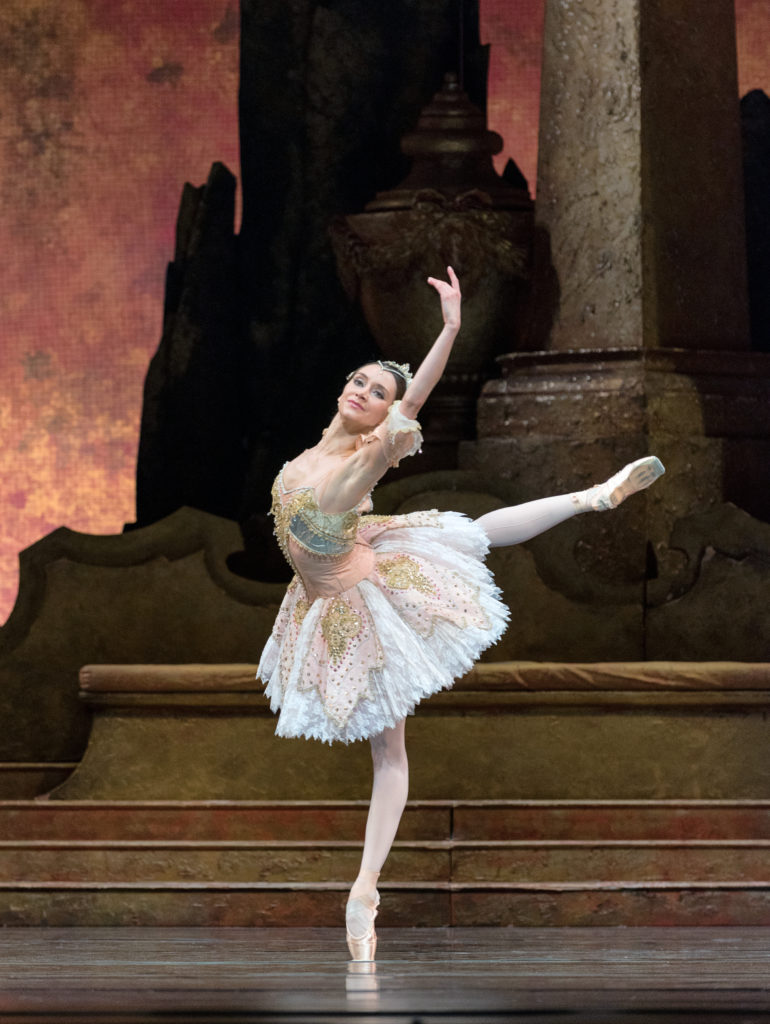
Floor-Barre Favorite
One of Ol’s daily conditioning exercises for external rotation comes from floor barre:
1. Lying on your back with legs and feet turned out in first position, flex the feet, press the heels together and bend the knees up into a frog/grand plié position with knees pointing to the sides.
2. Then, maintaining your turnout, straighten the knees and extend the feet back to the starting position.
This can also be done with the legs pointing towards the ceiling at a 90-degree angle to your upper body.
Finding Consistency
Although her focus might change daily, Ol learned this rule of thumb from the company’s physical therapists: “Every day, you have to maintain the same workload, meaning if I have lighter rehearsal days, I have to do extra training.” This helps her maintain her level of stamina and prepares her body for higher-intensity dance days. On the flip side, if she has longer rehearsal days, instead of adding extra-intense training, Ol adopts a more relaxed approach. She’ll stretch, do light rehabilitation exercises, release her lower back and roll out her glutes with a small ball. She also says she likes to take one day off a week, during which she’ll go for a walk or do some light movement, but she’ll avoid intense training to give her body time to recover.
Her Advice on Building a Conditioning Routine
Although dancers can easily find a plethora of free workout content on YouTube or social media, Ol warns that “training videos on the internet sometimes don’t come from professionals.” To avoid incorrect conditioning, Ol suggests spending time with a physical therapist or personal trainer who can give you exercises and personalized feedback that are specific to your needs as a dancer. “Just one appointment with a specialist is worth it—your health comes first,” she says.
